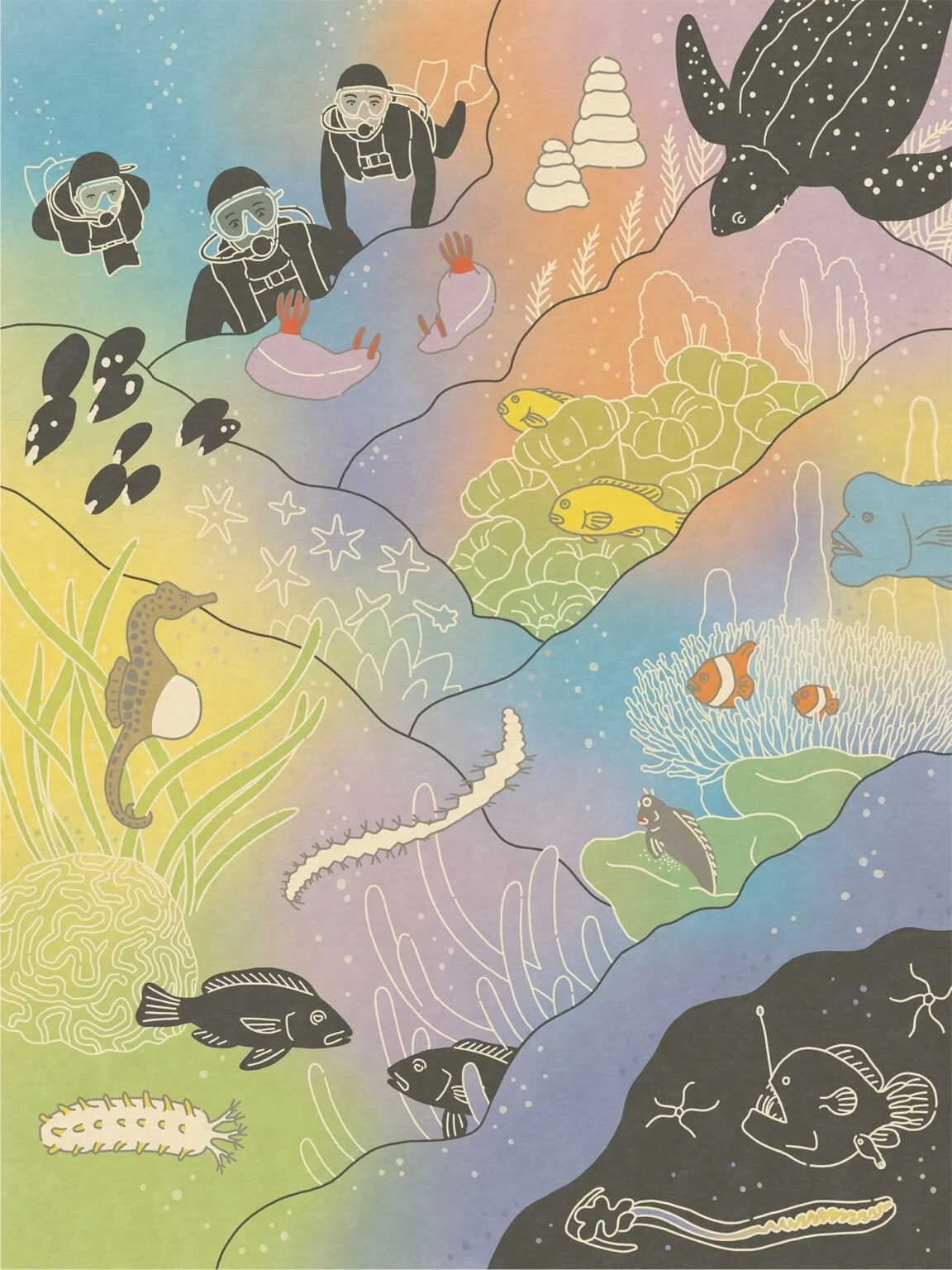River Suh wrote this article in Science for the People Volume 26, no. 1, Gender: Beyond Binaries in 2003.
More LGBTQ-inclusive sex ed reduces odds of bullying, depression, suicidal thoughts, and victimization (J Adolesc Health)
Title: Associations of LGBTQ-inclusive sex education with mental health outcomes and school-based victimization in U.S. high school students
Journal: Journal of Adolescent Health
Public access URL: https://www.ncbi.nlm.nih.gov/pmc/articles/PMC6478545/pdf/nihms-1516132.pdf
Summary: Students with a greater proportion of LGBTQ-inclusive sex education have lower odds of experiencing school-based victimization and adverse mental health [such as depressive symptoms, suicidal thoughts, or making a plan to commit suicide
Ten simple rules for supporting historically underrepresented students in science
Post-secondary science educators, including college and university instructors and informal educators, will find actionable strategies for supporting historically underrepresented students in this PLOS Computational Biology article by Arif S, Massey MDB, Klinard N, Charbonneau J, Jabre L, Martins AB, et al. (2021)
STEM Teaching Tool: How do we present gender, sex, and sexuality as part of inclusive and accurate science teaching?
The Gender-Inclusive Biology team collaborated with Gender Inclusive Classrooms and the UW STEM Teaching Tools team to create this concise, action-oriented brief on best practices.
80% of gay swan couples successfully raise their young, compared to 30% of straight swan couples. (Gender Showcase, 9-12)
Life-long pair-bonded male-male couples of the species Cygnus atratus will raise an egg together donated by a female.
Male-male black swan parents are more successful.
80% of gay black swan couples successfully raise their young, but only 30% of straight swan couples successfully raise their young.
Black swans (Cygnus atratus) also form stable male-male pairs that last for many years. Gay swans may even raise offspring together as a couple. A female may temporarily associate with a male-male pair, mate with them, and leave her eggs with them.
By sharing the workload more equally, male-male parents access better nesting sites and territories than straight couples.
The male couple then parents the eggs and is reported to be more successful than a male-female couple because together they access better nesting sites and territories, sharing the workload more equally than between-sex couples.
A full 80-percent of the gay couples successfully fledge their young, compared with 30 percent for straight couples. (EN19)
(EN19) L.W. Braithwaite, 1981, Ecological studies of the black swan: III. Behavior and social organization, Australian Wildlife Research 8:135-46.
Citation: Roughgarden, J. (2013) Evolution’s Rainbow: Diversity, Gender, and Sexuality in Nature and People. University of California Press, Berkeley. p. 136.
Update (5/24/23): Thanks to J. Boeheme at Science TV Australia for clarifying these papers are about black swans, not all swans.





